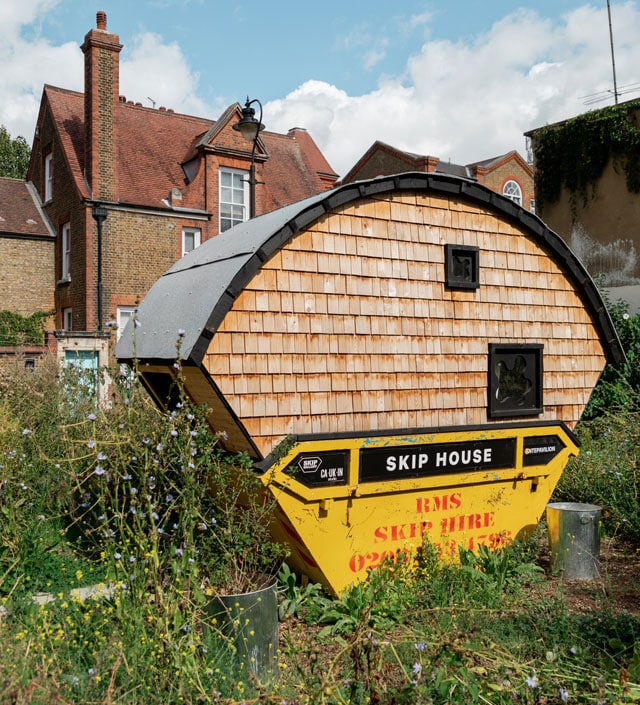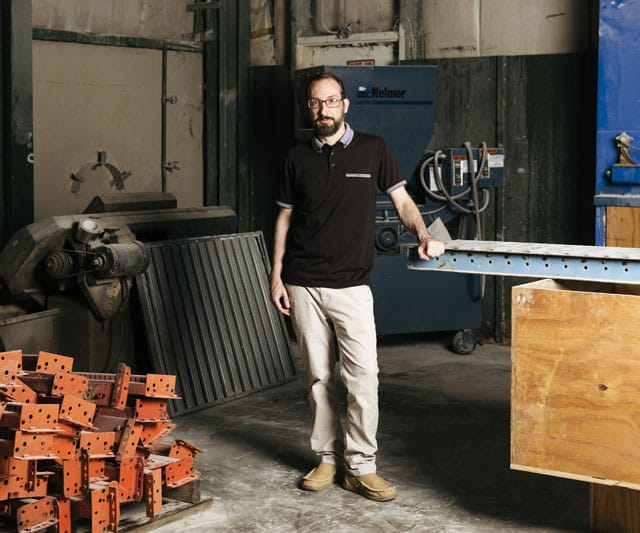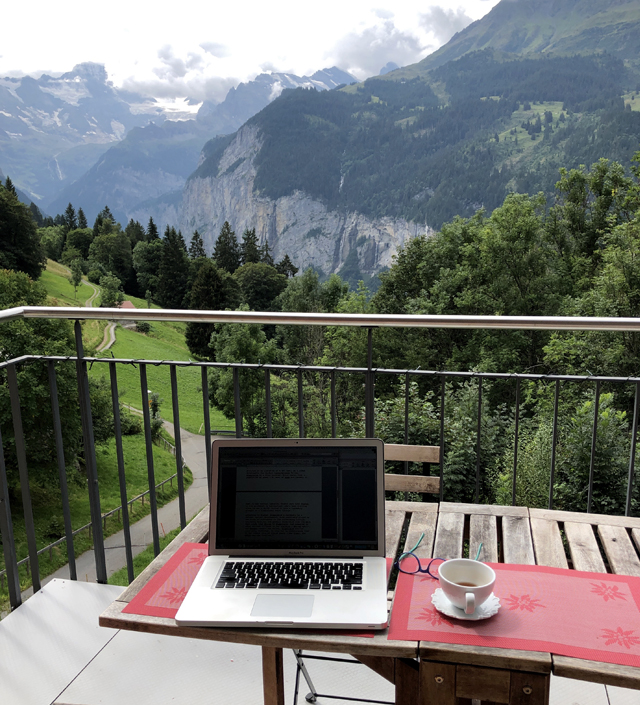In a bustling area of south London, near a busy Underground station and a web of bus routes, is a tiny house in a dumpster.
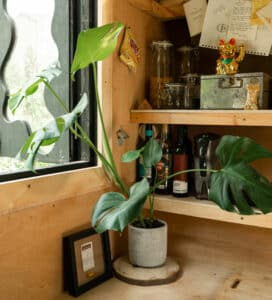
The 27-square-foot plywood house has a central floor area; wall shelves for storage (or seating); a kitchen counter with a sink, hot plate and toy-size fridge; and a mezzanine with a mattress under the vaulted roof. There’s no running water, and the bathroom is a portable toilet outside.
The “skip house” is the creation and home of Harrison Marshall, 29, a British architect and artist who designs community buildings, such as schools and health centers, in Britain and abroad. Since he moved into the rent-free dumpster (known as a “skip” in Britain) in January, social media videos of the space have drawn tens of millions of views and dozens of inquiries in a city where studio apartments rent for at least $2,000 a month.
“People are having to move into smaller and smaller places, microapartments, tiny houses, just to try and make ends meet,” Marshall said in a phone interview. “There are obviously benefits of minimal living, but that should be a choice rather than a necessity.”
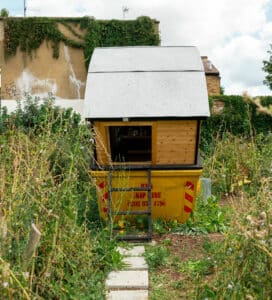
Social media platforms are having a field day with microapartments and tiny homes like Marshall’s, breathing life into the curiosity about that way of living. The small spaces have captivated viewers, whether they are responding to soaring housing prices or to a boundary-pushing alternate lifestyle, as seen on platforms like the Never Too Small YouTube channel. But while there is no precise count on the number of tiny homes and microapartments on the market, the attention on social media has not necessarily made viewers beat a path in droves to move in, perhaps because the spaces sometimes can be a pain to live in.
Marshall noted that 80% of those who contacted him expressing interest in moving into a house like his in the Bermondsey area were not serious about it, and that “most of it is all just buzz and chitchat.” In his view, tiny homes are being romanticized because the life of luxury is overexposed.
“People are almost numb to it from social media,” he said. Marshall said people were more interested in content about the “nomadic lifestyle, or living off the grid,” which overlooks the flip side: showers at the gym, and a portable outdoor toilet.
The rush back into big cities after the pandemic has pushed rents to records, intensifying the demand for low-priced housing, including spaces that are barely bigger than a parking spot. But while audiences on social media might find that lifestyle “relatable and entertaining,” as one expert put it, it’s not necessarily an example they will follow.
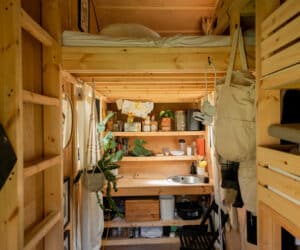
Viewers of microapartment videos are like visitors to the Alcatraz Federal Penitentiary in San Francisco Bay who “get inside of a cell and have the door closed,” said Karen North, a professor of digital social media at the University of Southern California.
Social media users want to experience what it’s like at the “anomalously small end” of the housing scale, she explained.
“Our desire to be social with different people — including influencers and celebrities, or people who are living in a different place in a different way — can all play out on social media, because it feels like we are making a personal connection,” she said.
Pablo J. Boczkowski, a professor of communications studies at Northwestern University, said that despite the belief that new technologies have a powerful influence, millions of clicks don’t translate into people making a wholesale lifestyle change.
“From the data that we have so far, there is no basis to say that social media have the ability to change behavior in that way,” he said.
Although these small spaces aren’t a common choice, residents who do take the plunge are driven by real pressures. For people looking to live and work in big cities, the post-pandemic housing situation is dire. In Manhattan in June, the average rental price was $5,470, according to a report from real estate brokerage Douglas Elliman. Across the city, the average rent this month is $3,644, reports Apartments.com, a listing site.
The housing picture is similar in London. In the first three months of this year, the average asking rent in the British capital reached a record of about $3,165 a month, as residents who left the city during lockdown swarmed back.
City dwellers in Asia face similar pressures and costs. In Tokyo in March, the average monthly rent hit a record, for the third month in a row. Currently that rent is roughly $4,900.
So when Ryan Crouse, 21, moved to Tokyo in May 2022 from New York, where he was a business student at Marymount Manhattan College, he rented a 172-square-foot microapartment for $485 a month. Videos of his Tokyo studio went viral, garnering 20 million to 30 million views across platforms, said Crouse, who moved into a bigger place this May.
Centrally located, the apartment where he lived for a year had a tiny bathroom: “I could literally put my hands wall to wall,” he said. The space also had a mezzanine sleeping area below the roof that was scorchingly hot in the summer, and a sofa so small that he could barely sit on it.
When it comes to microstudios, “a lot of people just like the idea of it, rather than actually doing it,” he said. They enjoy “a glimpse into other people’s lives.”
Crouse believes the pandemic heightened curiosity. During lockdown, “everyone was on social media, sharing their spaces” and “sharing their lives,” and apartment tour videos “went crazy,” he said. “That really put a light on tiny spaces like this.”
Curiosity on social media seemed to reach a frenzied pitch for Alaina Randazzo, a media planner based in New York, during the year she spent in an 80-square-foot, $650-a-month apartment in midtown Manhattan. It had a sink, but no toilet or shower: Those were down the hall, and shared.
Having spent the previous six months in a luxury high-rise rental that “ate away my money,” she said, downsizing was a priority when she moved into the microstudio in January 2022.
Unable to do dishes in her tiny sink, Randazzo ate off paper plates; there was a skylight but no window to air out cooking smells. “I had to be careful what clothes I was buying,” she recalled, “because if I bought too big of a coat, it’s like, where am I going to put it?”
Still, videos of her microapartment on TikTok, YouTube and Instagram received tens of millions of views, she said. YouTube influencers, including one with a cooking series, did an on-location shoot in her microstudio, and rappers messaged her asking to do the same.
“The pictures make it look a little bit bigger than it actually is,” Randazzo, 26, said. “There are so many little things that you have to maneuver in those apartments that you don’t think about.”
There is “a cool factor” around microstudios nowadays, she said, because “you’re selling someone on a dream”: that they can be successful in New York and “not be judged” for living in a tiny pad. Also, “our generation likes realness,” she explained, “someone who’s actually showing authenticity” and trying to build a career and a future by saving money.
But it was not the kind of life Randazzo could keep up for longer than a year. She now shares a large New York town house where she has a spacious bedroom. She has no regrets about her microapartment: “I love the community that it brought me but I definitely don’t miss bumping my head on the ceiling.”
c.2023 The New York Times Company. This article originally appeared in The New York Times.



